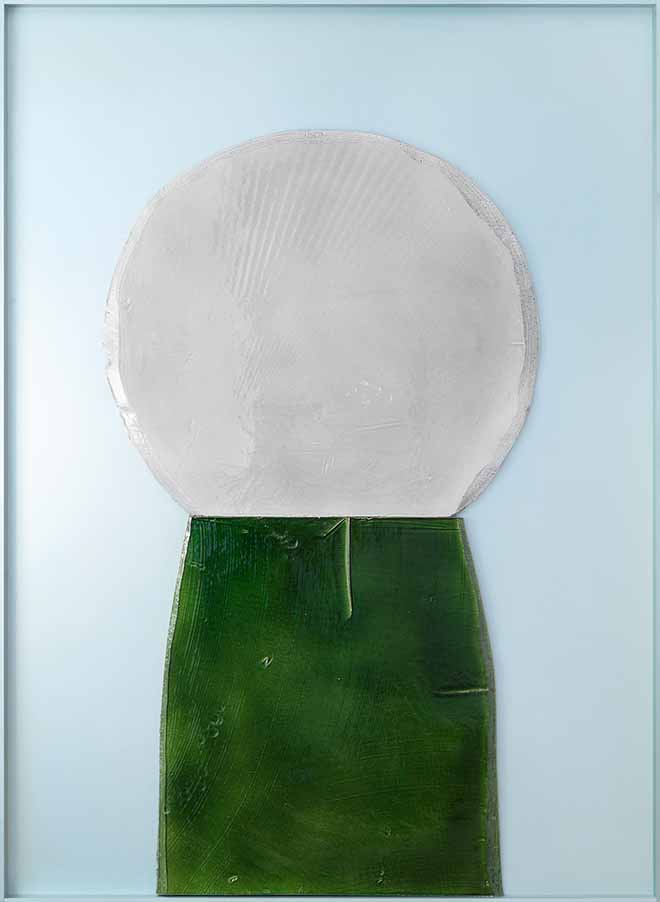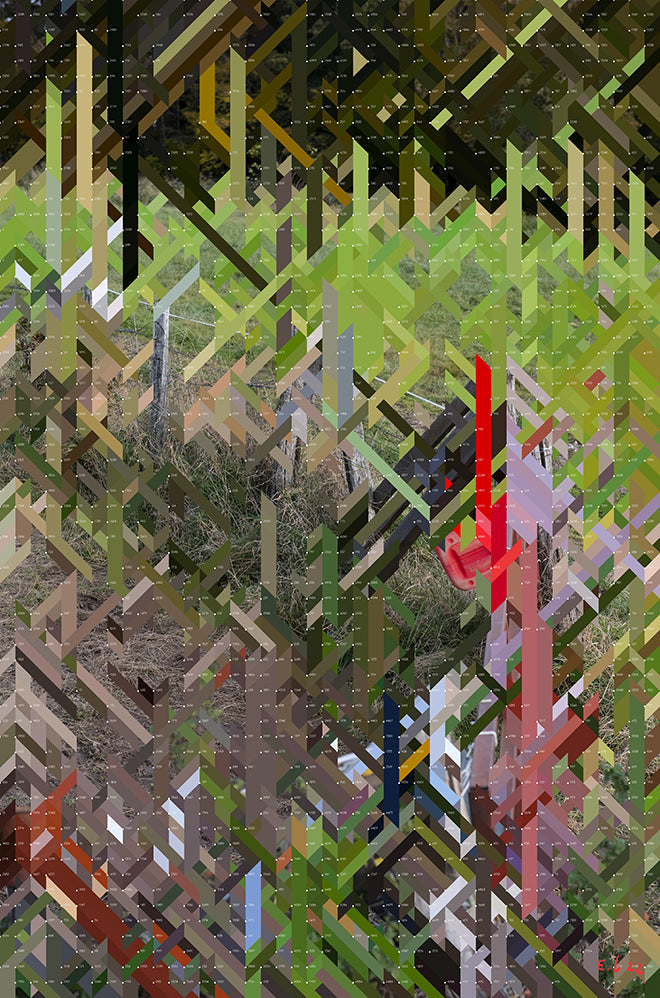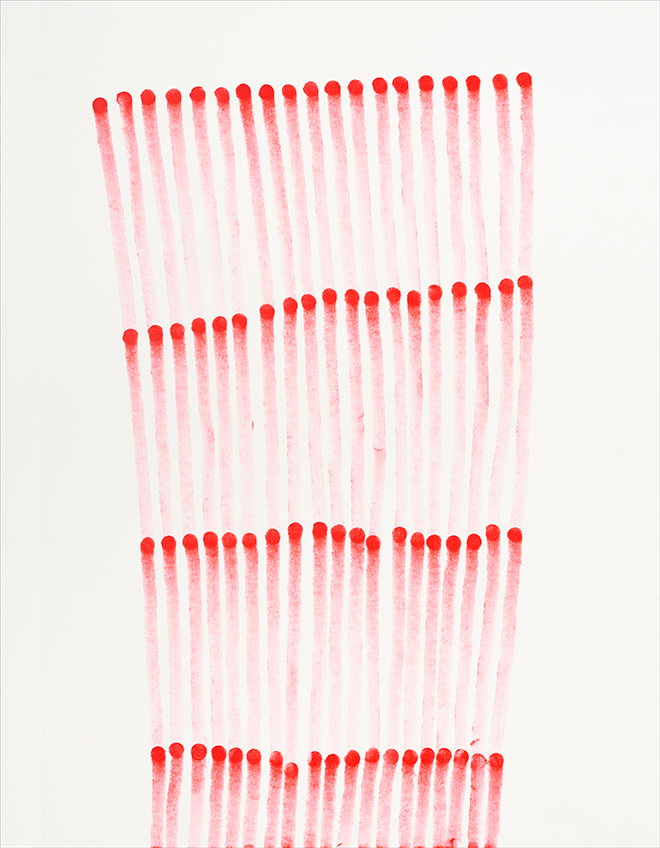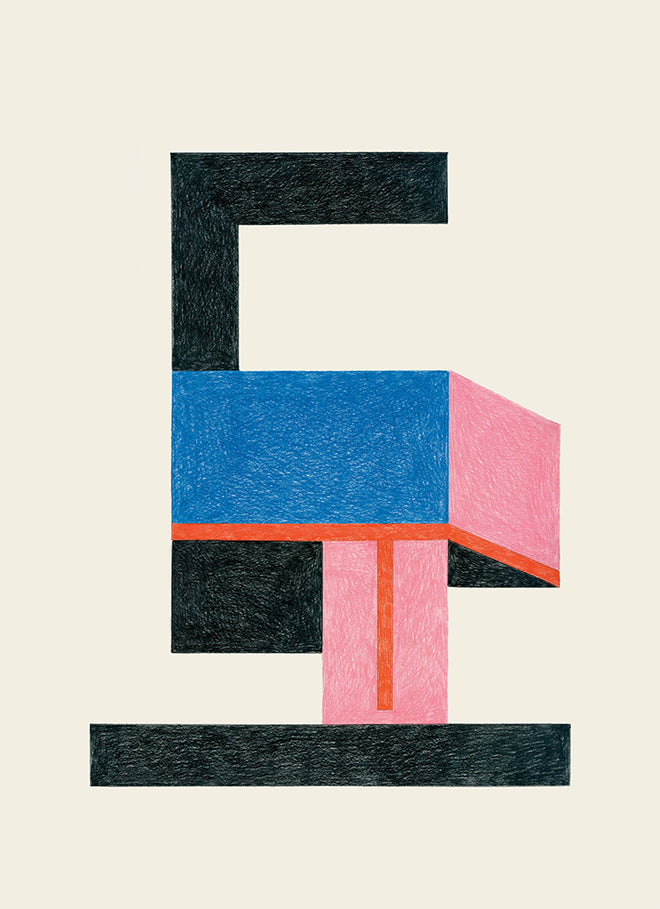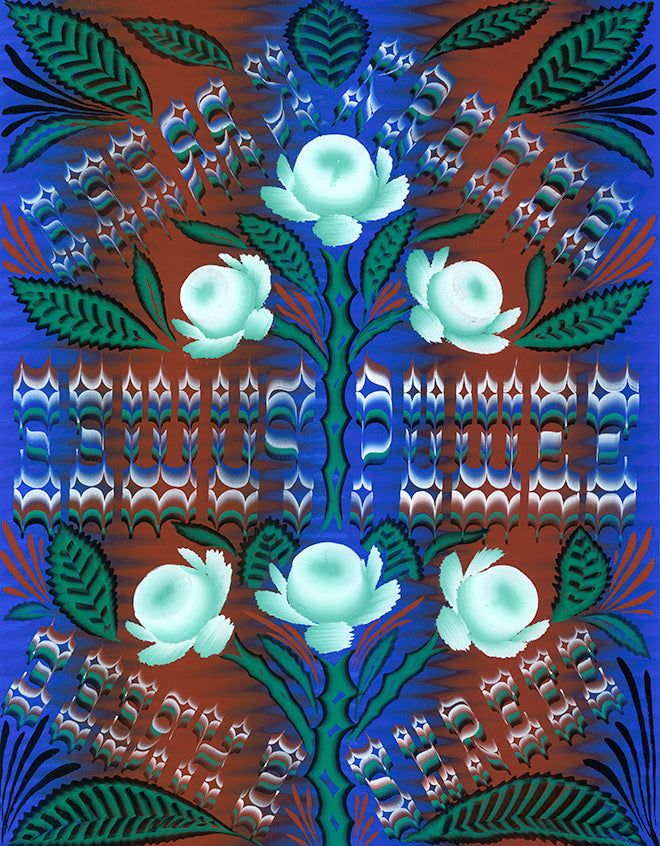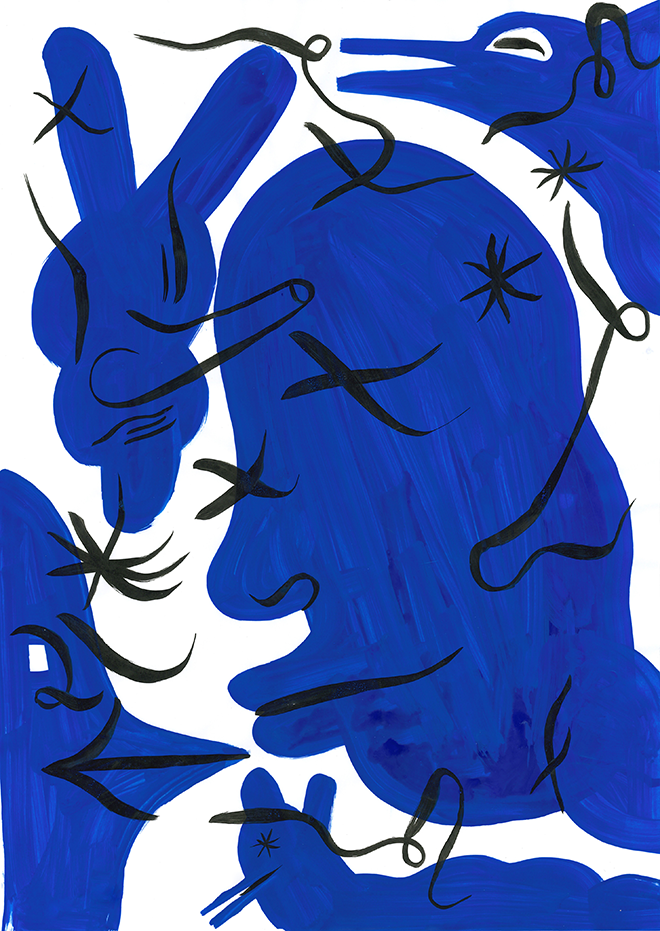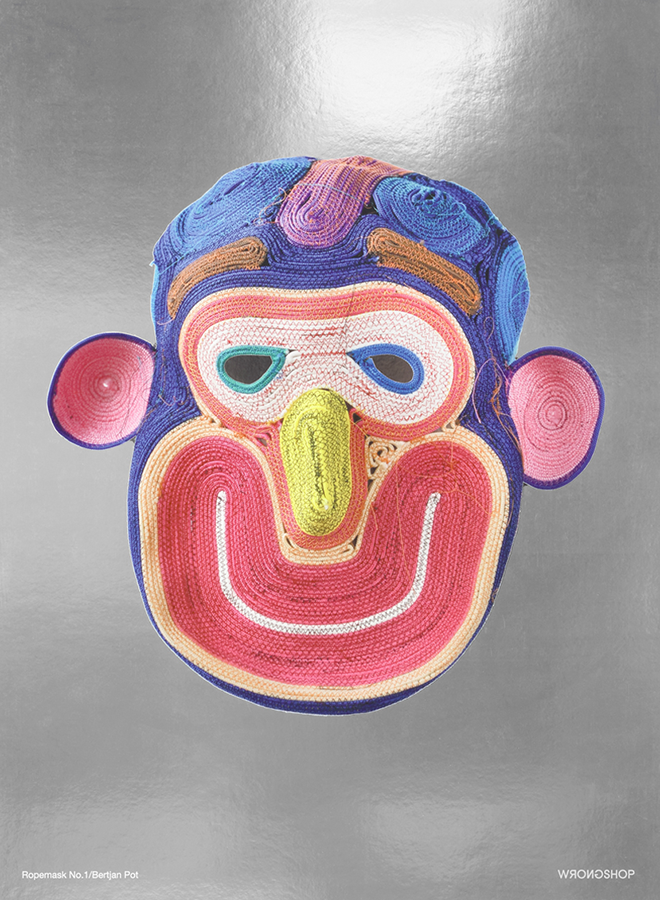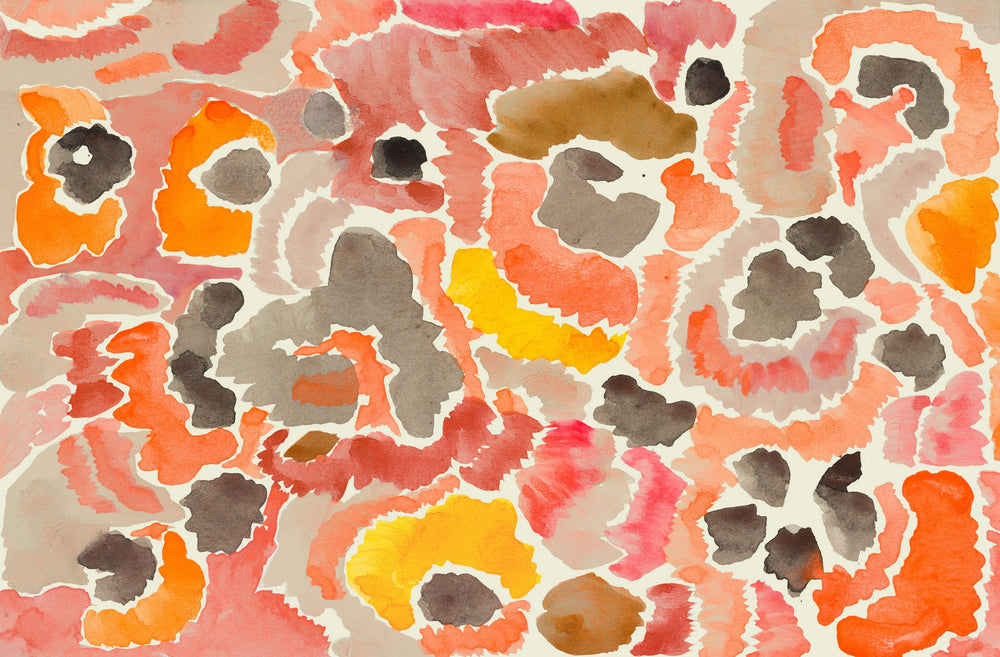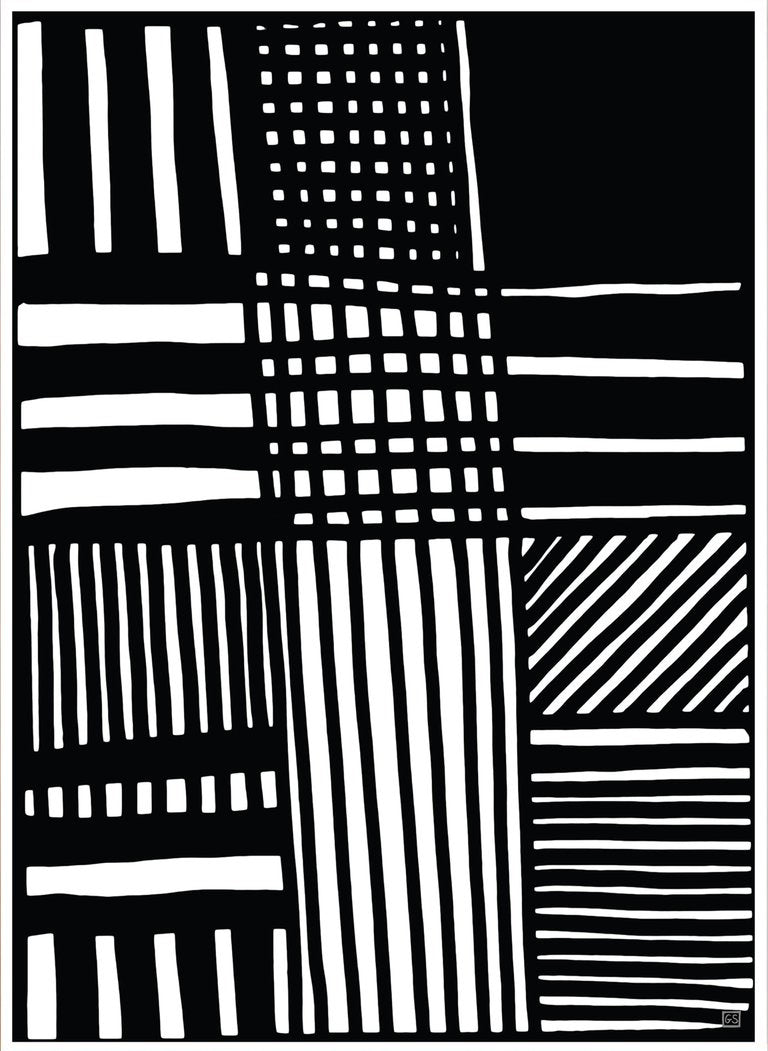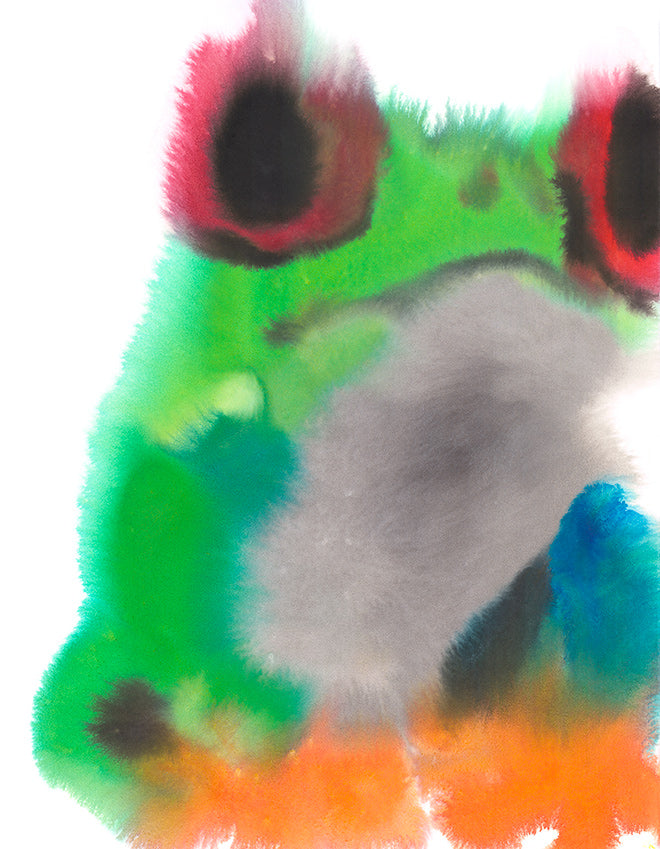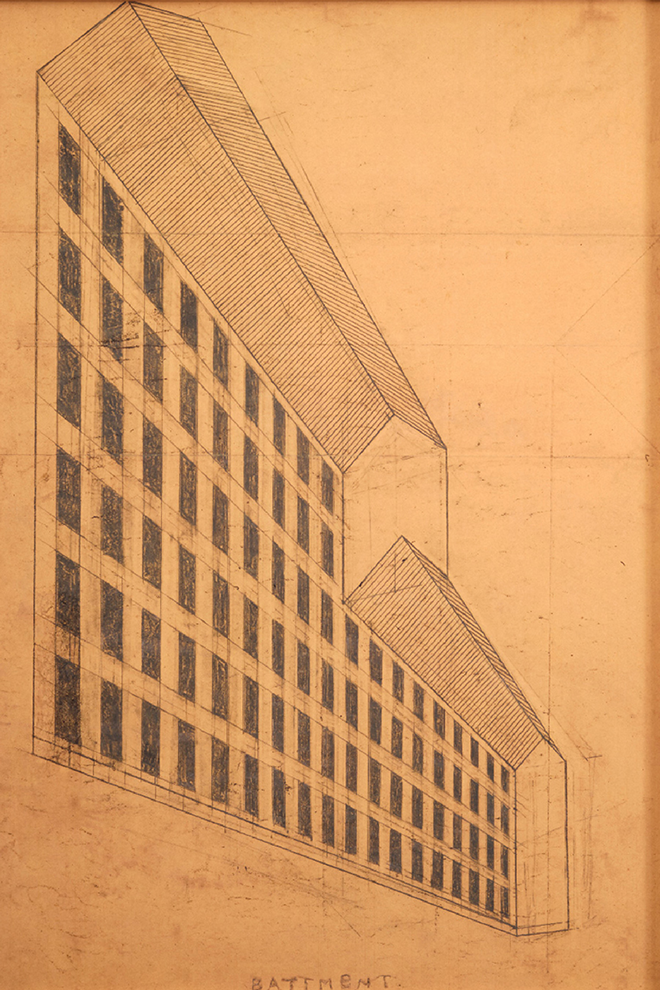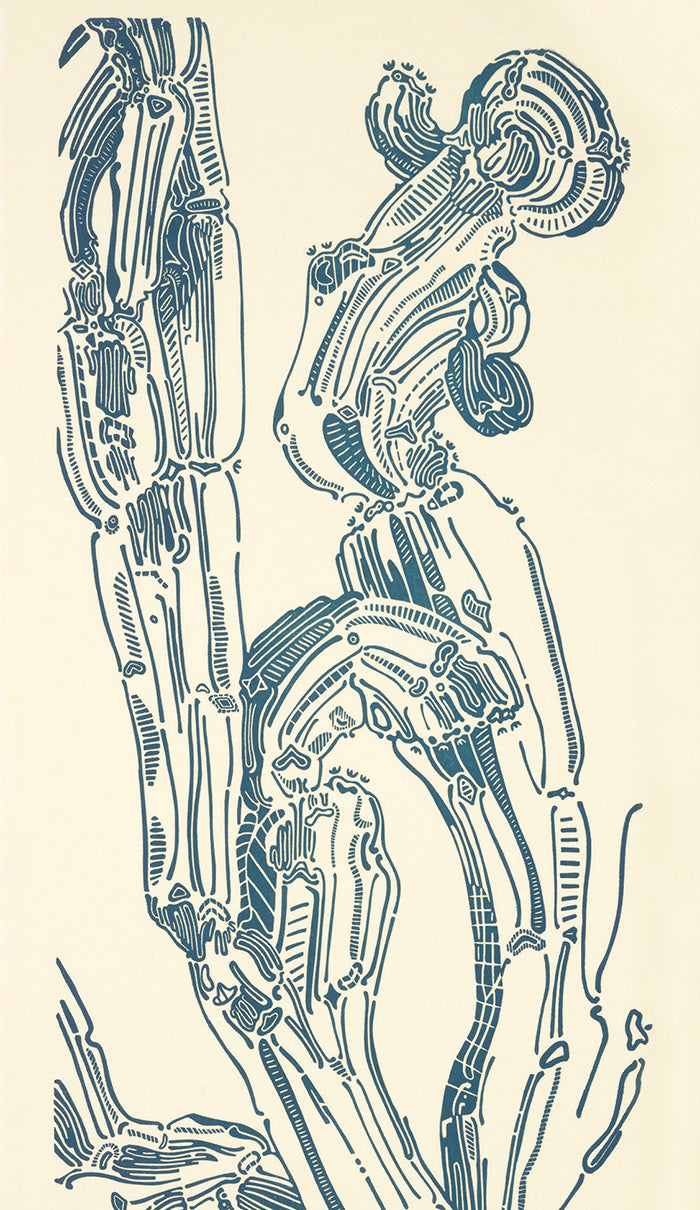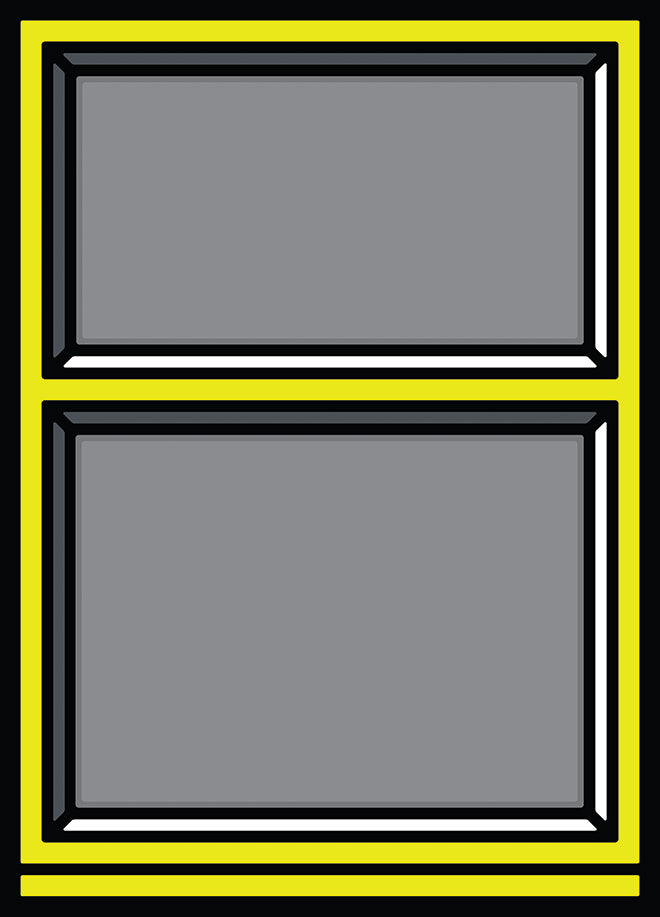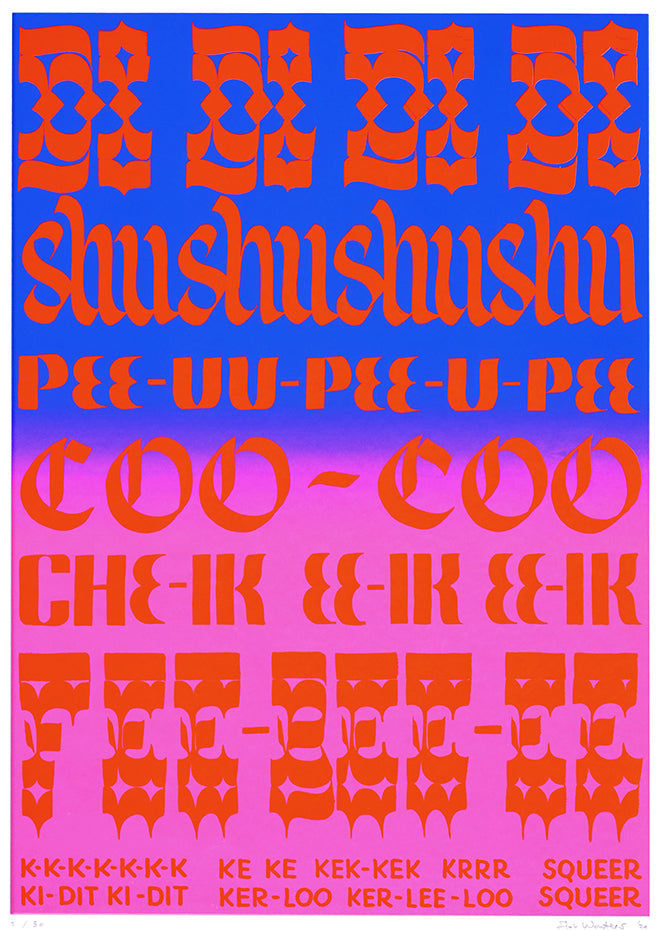Recently viewed
Login
Reset your password
Create an account
Monika Sosnowska
 Portrait by Darko Todorovic
Portrait by Darko Todorovic
Sign up for more Monika Sosnowska
Monika Sosnowska's practice takes inspiration from architecture and her experience of structural change in various Eastern European cities.
Monika Sosnowska (b. 1972, Ryki) lives and works in Warsaw. Her practice takes inspiration from architectural entropy, rooted in her experience of structural change in various Eastern European cities. She has a longstanding interest in Modernist architecture and its structural and systemic failings as associated with the Fall of Communism. The defunct forms of post-industrial buildings have long informed the artist’s warped and distorted sculptures, in particular, her engagement with ideas of collapse – materially and conceptually.
Her work was recently the subject of a solo survey show at Zentrum Paul Klee, Bern, (2023), and she has also presented solo projects at Indianapolis Museum of Art (2016) and Aspen Art Museum (2013). Sosnowska represented Poland in the 52nd Venice Biennale in 2007 and has presented her work in the Biennale’s Arsenale exhibition (2011, 2003).
Artist CV
Her work was recently the subject of a solo survey show at Zentrum Paul Klee, Bern 2023.
She has had solo exhibitions at Serpentine Galleries (London, 2004), Freud Museum (Vienna, 2005), Museum of Modern Art (New York, 2006), Sprengel Museum (Hanover, 2006), Schaulager (Basel, 2008), Herzliya Museum of Contemporary Art (Israel, 2010), Tamayo Museum (Mexico, 2011), Aspen Art Museum (USA, 2013), Serralves Museum (Porto, 2015), and Muzeum Susch (Switzerland, permanent installation from 2017).
She has completed numerous public art commissions including: FIR TREE, Public Art Fund, New York (2012) and The Wind House, Primrose Hill, Camden (2008).
IN
COLLABORATION

EXHIBITION
VIEW
Exhibition View
 Play
Play
Moments







